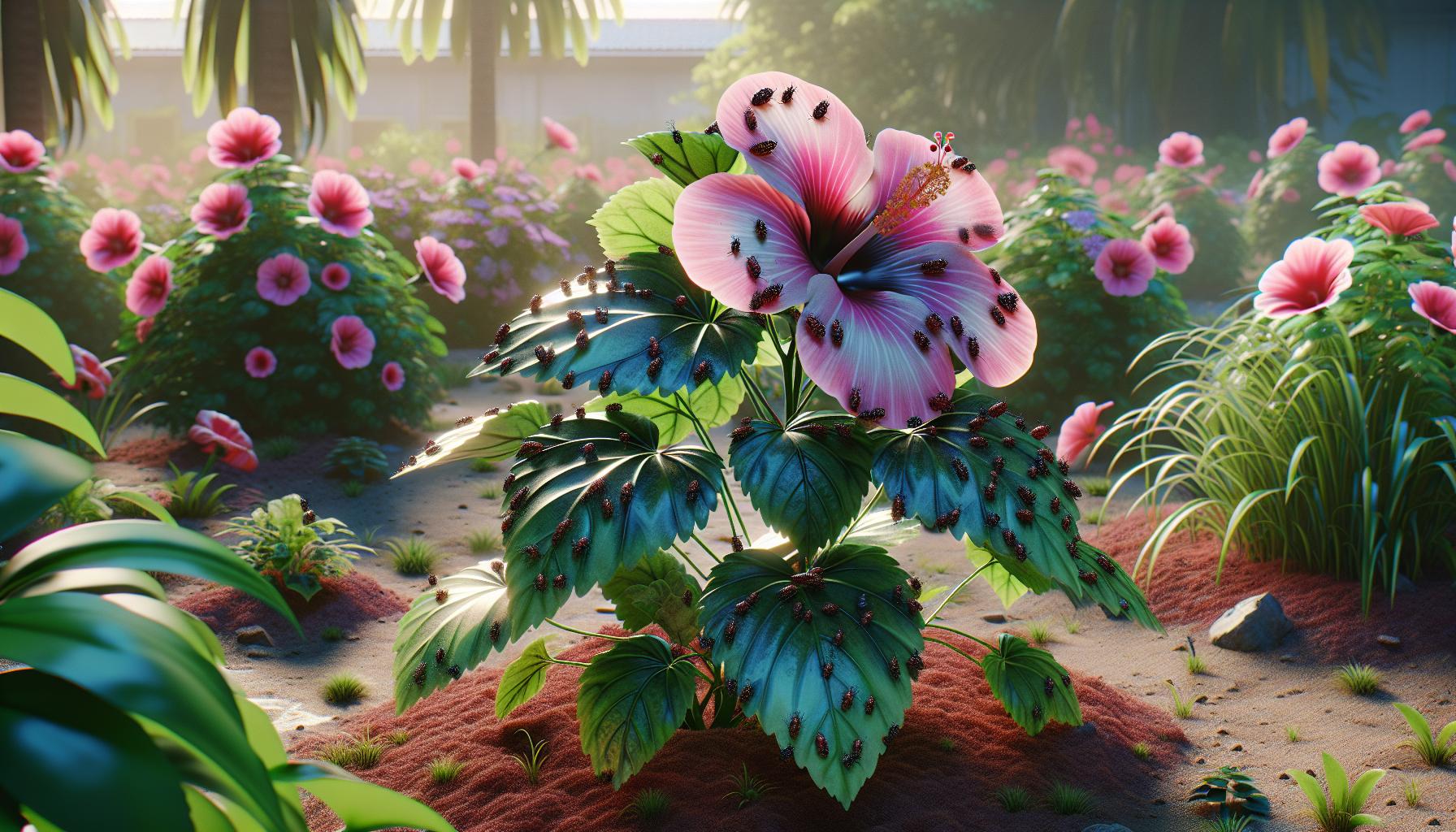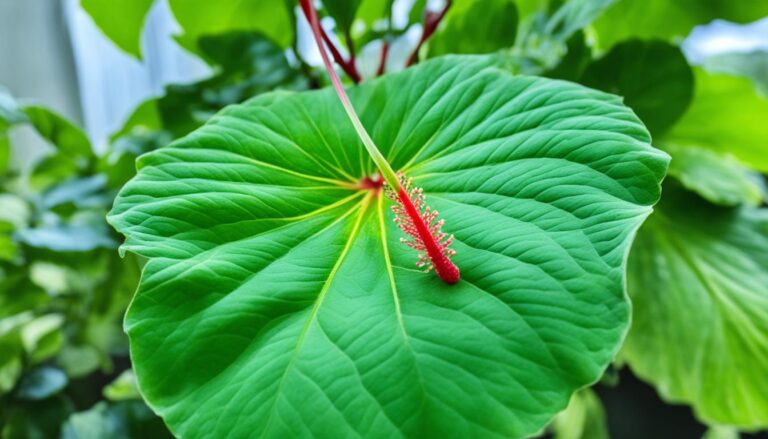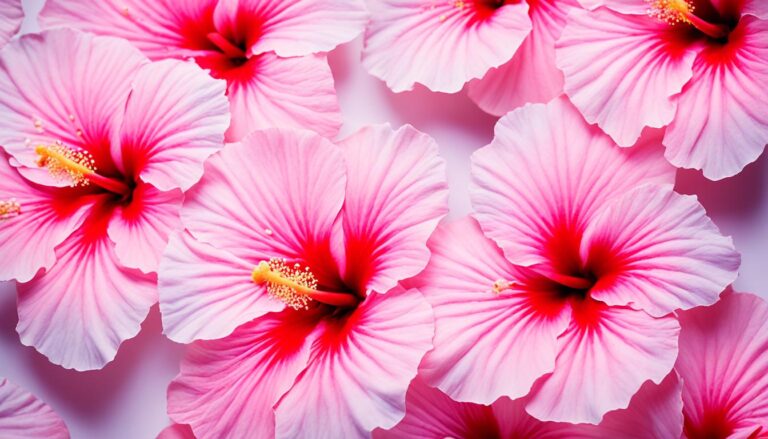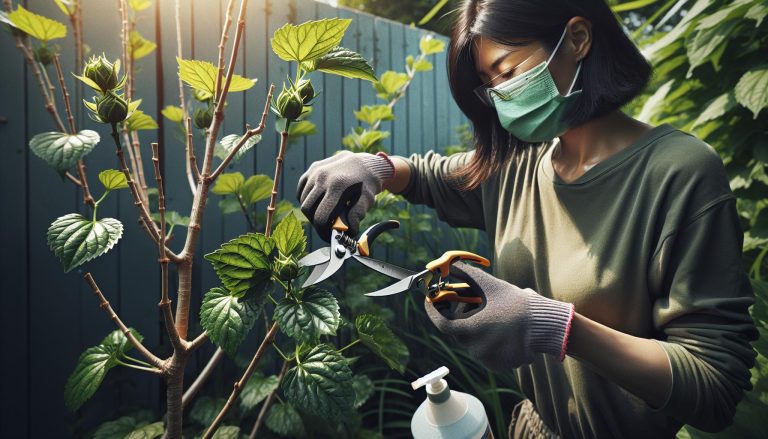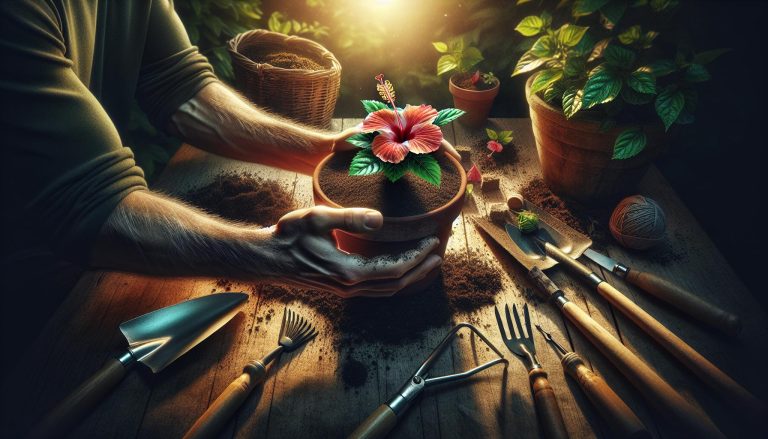Little Black Bugs on Hibiscus: Identify, Control, and Prevent Infestations
As I strolled through my garden, admiring the vibrant hibiscus flowers, I noticed something unsettling. Tiny black bugs were crawling all over the leaves and buds. If you’ve encountered similar pests on your beloved hibiscus plants, you’re not alone. These little invaders can wreak havoc on your garden if left unchecked.
But what exactly are these pesky creatures? How can you identify them, and more importantly, how do you get rid of them? In this article, I’ll share my experience and knowledge about these common hibiscus pests. We’ll explore effective methods to protect your plants and keep them thriving. Whether you’re a seasoned gardener or a novice plant enthusiast, you’ll find valuable insights to tackle this problem head-on.
Identifying Little Black Bugs on Hibiscus
Identifying the specific type of little black bugs on your hibiscus is crucial for effective pest management. I’ve encountered various black insects on hibiscus plants during my gardening journey, and I’ll share how to recognize them.
Common Types of Black Insects Found on Hibiscus Plants
Black insects commonly found on hibiscus include:
- Aphids: Tiny, pear-shaped insects that cluster on stems and leaves
- Spider mites: Minuscule arachnids that create fine webbing
- Whiteflies: Small, winged insects that fly when disturbed
- Scale insects: Oval-shaped pests that attach to stems and leaves
- Fungus gnats: Small, mosquito-like flies often found in potting soil
Each of these pests has unique characteristics and behaviors that help in identification.
Physical Characteristics to Look For
When examining your hibiscus for black bugs, focus on these key features:
- Size: Most hibiscus pests are tiny, ranging from 1-3 mm in length
- Shape: Look for oval, pear-shaped, or round bodies
- Movement: Observe if they’re stationary or mobile on the plant
- Location: Check undersides of leaves, stem joints, and new growth
- Damage: Note any discoloration, distortion, or honeydew on leaves
Use a magnifying glass for a closer look at these tiny pests. Their specific physical traits will help you determine the exact species and plan an appropriate treatment strategy.
The Impact of Black Bugs on Hibiscus Health
Little black bugs can wreak havoc on hibiscus plants, causing significant damage and compromising their overall health. These pests feed on vital plant nutrients, leading to stunted growth and reduced blooming. Let’s explore the specific impacts and signs of distress caused by these infestations.
Damage Caused by Infestations
Black bugs on hibiscus plants can cause a range of issues:
- Leaf damage: Chewed or distorted leaves
- Stunted growth: Reduced plant size and vigor
- Flower problems: Fewer blooms or deformed flowers
- Weakened stems: Increased susceptibility to breakage
- Nutrient deficiencies: Yellowing leaves due to sap loss
- Honeydew secretion: Sticky residue attracting mold growth
These pests drain the plant’s resources, leaving it vulnerable to secondary infections and environmental stressors. I’ve seen firsthand how quickly a thriving hibiscus can decline when infested with black bugs.
Signs of Hibiscus Distress
Recognizing the signs of distress in hibiscus plants is crucial for early intervention:
- Yellowing leaves: Indicates nutrient deficiencies
- Wilting: Despite adequate watering
- Leaf drop: Premature shedding of healthy leaves
- Reduced flowering: Fewer or smaller blooms
- Visible pests: Clusters of black bugs on leaves or stems
- Sticky residue: Honeydew on leaves or surrounding surfaces
- Sooty mold: Black, powdery fungus growing on honeydew
Regular inspections are key to catching these signs early. I check my hibiscus plants weekly, paying close attention to the undersides of leaves where pests often hide.
Natural Methods to Control Black Bugs on Hibiscus
Natural pest control methods offer effective ways to manage black bugs on hibiscus plants without resorting to harsh chemicals. These eco-friendly approaches help maintain a healthy garden ecosystem while protecting your hibiscus from infestations.
Beneficial Predatory Insects
Introducing beneficial insects is a great way to control black bugs on hibiscus naturally. Ladybugs, lacewings, and parasitic wasps are voracious predators that feed on common hibiscus pests. Here’s how to use them effectively:
- Release ladybugs: Purchase ladybugs from garden centers and release them near infested plants in the evening.
- Attract lacewings: Plant dill, fennel, or cosmos to draw lacewings to your garden.
- Encourage parasitic wasps: Grow nectar-rich flowers like alyssum or yarrow to support these tiny, non-stinging wasps.
- Provide water sources: Place shallow dishes with pebbles and water near your hibiscus to keep beneficial insects hydrated.
- Avoid broad-spectrum insecticides: These can harm beneficial insects along with pests.
| Beneficial Insect | Target Pest | Release Rate |
|---|---|---|
| Ladybugs | Aphids, mites | 1,500 per 1,000 sq ft |
| Lacewings | Aphids, mealybugs | 1,000 per 1,000 sq ft |
| Parasitic wasps | Whiteflies, scale | 1,000 per 100 sq ft |
Organic Sprays and Solutions
Homemade and commercial organic sprays can effectively control black bugs on hibiscus without harming the environment. Here are some proven options:
- Neem oil spray: Mix 2 tsp neem oil with 1 tsp liquid soap and 1 quart water. Apply weekly to affected areas.
- Insecticidal soap: Combine 1 tbsp liquid soap with 1 quart water. Spray directly on pests, repeating every 5-7 days.
- Garlic-pepper spray: Blend 2 garlic bulbs and 2 hot peppers with 1 quart water. Strain and spray on infested plants.
- Diatomaceous earth: Sprinkle this natural powder around the base of hibiscus plants to deter crawling insects.
- Horticultural oils: Apply commercial horticultural oils following package instructions for effective pest control.
- Vinegar solution: Mix 1 part vinegar with 3 parts water and a drop of dish soap. Spray on affected areas.
- Essential oil blend: Combine 10 drops each of peppermint, rosemary, and thyme oils with 1 cup water. Spray on plants weekly.
Remember to test any homemade solution on a small area first to ensure it doesn’t damage your hibiscus. Apply sprays in the early morning or late evening to avoid leaf burn. Consistency is key when using organic methods, so repeat applications as needed to keep black bugs under control.
Chemical Treatment Options for Severe Infestations
When natural methods fail to control black bugs on hibiscus, chemical treatments offer a more potent solution. These options should be used judiciously to avoid harming beneficial insects or the plant itself.
Insecticides Safe for Hibiscus Plants
Several insecticides are effective against black bugs while being safe for hibiscus:
- Systemic insecticides: These products are absorbed by the plant, protecting it from the inside out.
- Imidacloprid: Effective against aphids, whiteflies, and scale insects.
- Acephate: Controls a wide range of pests, including thrips and mealybugs.
- Contact insecticides: These work by directly touching the bugs.
- Pyrethrins: Natural insecticides derived from chrysanthemum flowers.
- Spinosad: Organic option that targets various pests without harming most beneficial insects.
- Insect growth regulators: These disrupt the life cycle of pests.
- Pyriproxyfen: Prevents immature insects from reaching adulthood.
Always choose products labeled specifically for ornamental plants or hibiscus. I’ve found that rotating between different types of insecticides prevents pests from developing resistance.
Proper Application Techniques
Applying insecticides correctly is crucial for effectiveness and plant safety:
- Timing:
- Apply in the early morning or late evening to avoid peak sun exposure.
- Treat plants before bloom for maximum protection.
- Coverage:
- Spray both upper and lower leaf surfaces thoroughly.
- Pay special attention to leaf joints and stem areas where pests hide.
- Frequency:
- Follow label instructions for application intervals.
- Typically, repeat treatments every 7-14 days until pests are controlled.
- Safety precautions:
- Wear protective gear: gloves, long sleeves, and a mask.
- Avoid spraying on windy days to prevent drift.
- Keep pets and children away from treated areas until dry.
- Environmental considerations:
- Don’t apply before rain to prevent runoff.
- Avoid overspraying to protect beneficial insects and prevent water pollution.
Remember, chemical treatments are a last resort. I always start with the least toxic options and work my way up if needed. Proper cultural practices, like regular pruning and adequate watering, can reduce the need for chemical interventions in the long run.
Preventing Future Black Bug Infestations
Preventing black bug infestations on hibiscus plants requires a proactive approach. By implementing effective cultural practices and creating an inhospitable environment for pests, you’ll significantly reduce the likelihood of future infestations.
Cultural Practices to Maintain Healthy Hibiscus
Maintaining healthy hibiscus plants is key to preventing pest infestations:
- Proper watering: Water deeply and less frequently to promote strong root growth.
- Adequate sunlight: Ensure plants receive 6-8 hours of direct sunlight daily.
- Regular pruning: Remove dead or diseased branches to improve air circulation.
- Balanced fertilization: Use a hibiscus-specific fertilizer with a 3-1-4 NPK ratio.
- Soil management: Maintain well-draining, slightly acidic soil (pH 6.0-6.5).
- Mulching: Apply a 2-3 inch layer of organic mulch to retain moisture and suppress weeds.
Implementing these practices strengthens hibiscus plants, making them more resistant to pest attacks.
Creating an Inhospitable Environment for Pests
To deter black bugs from infesting your hibiscus:
- Companion planting:
- Grow pest-repelling plants like marigolds, lavender, or chrysanthemums near hibiscus.
- These plants emit natural compounds that deter common hibiscus pests.
- Regular inspection:
- Check plants weekly for signs of pest activity.
- Look under leaves, along stems, and at branch junctions.
- Clean surroundings:
- Remove plant debris, fallen leaves, and weeds around hibiscus plants.
- Eliminate potential pest habitats and breeding grounds.
- Natural predators:
- Encourage beneficial insects like ladybugs, lacewings, and praying mantises.
- Install bird feeders to attract insect-eating birds.
- Physical barriers:
- Use floating row covers during peak pest seasons.
- Install sticky traps to capture flying pests.
- Proper spacing:
- Space hibiscus plants adequately to improve air circulation.
- This reduces humidity and makes the environment less favorable for pests.
- Water management:
- Avoid overhead watering to prevent excess moisture on leaves.
- Water early in the day to allow foliage to dry before evening.
By combining these cultural practices and environmental strategies, you’ll create a robust defense against future black bug infestations on your hibiscus plants.
Conclusion
Dealing with little black bugs on hibiscus plants can be challenging but it’s not impossible. By implementing a combination of identification vigilance natural control methods and preventive measures you’ll be well-equipped to protect your beloved hibiscus. Remember that a healthy plant is the best defense against pests. With proper care and attention you’ll be able to enjoy the stunning blooms of your hibiscus without the worry of pesky black bugs. Stay proactive in your gardening approach and you’ll reap the rewards of a thriving vibrant hibiscus display.

